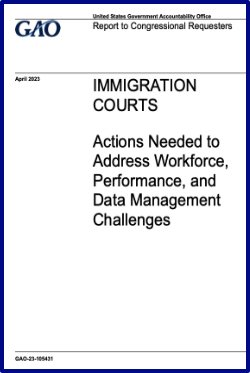By Rudy Schulkind and Idel Hanley
New research published today by Bail for Immigration Detainees (BID) and Medical Justice documents the devastating impact upon immigration detainees in prisons of conditions amounting to indefinite solitary confinement. People held for immigration reasons (including torture survivors and those with serious vulnerabilities) are locked in their cells for over 22 hours a day, most often 23.5, with people sometimes being held in their cells for days at a time and unable to take a shower. Some are self-harming, attempting suicide and unable to sleep or eat. They report existing in a state of endless despair. Physical symptoms include involuntary shaking, memory loss and physical pain. As one man told us:
“I didn’t enter prison with mental health problems but I’m not the same person I was. My mind is not the same. I’m not sure if what has happened to be can be repaired.”
Another said: “It just feels illegal because of what it’s doing to my mind and body. If this isn’t breaching my rights, then what will? It’s as though I’ve fallen into a crack that the Home Office opened and I can’t get out.”
The research released today is based on interviews with 5 immigration detainees and on medico-legal reports produced by doctors, as well as reviews of case files that argue for the release of people held in prolonged confinement – either solitarily or with a cell-mate.
Key findings: Five disturbing statements describe people being pushed to the limit of what a human being can be expected to endure. Two people described the experience as torture. Their statements are distressing to read but they have been included in this report. The medico-legal reports illustrate severe impact on health including the exacerbation of pre-existing mental health conditions and the onset of new conditions. The severe harm caused is reflected in the literature on the impact of solitary confinement on health. It can cause long-term and even irreversible harm and may increase the risk of suicide. Prolonged solitary confinement is prohibited by the United Nations and can amount to torture or cruel, inhuman or degrading treatment, according to the UN Special Rapporteur on Torture. The report also finds that in individual cases and in official correspondence the Home Office has failed to engage with the issue of prolonged solitary confinement in prisons. It appears that severely restrictive prison conditions are not being considered when assessing the proportionality of immigration detention.
London: Bail for Immigration Detainees (BID) and Medical Justice, 2021. 33p.




















